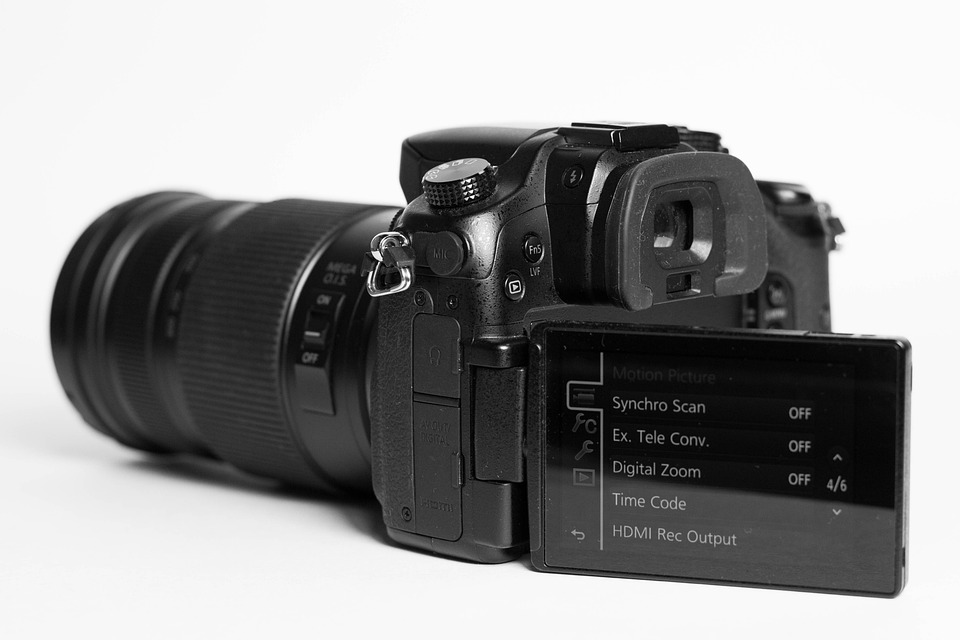Videos are an incredible way to share information, tell a story, or simply showcase your creativity. With the advent of social media platforms, videos have become a prevalent form of content sharing. However, it’s not always easy to give your videos a professional touch. Fortunately, light leaks transitions are an excellent and easy technique to enhance your videos.
Light leaks transitions refer to the overlay of light patterns on videos to create a distinctive look. These patterns mimic the light that leaks into a camera and create a pleasing and cinematic effect. Whether you’re using them to showcase your product, highlight your brand, or just add some visual interest, light leaks transitions are a beloved technique for many professional videographers.
Here’s how you can add a professional touch to your videos with light leaks transitions:
1. Understand the basics
Before we dive into the process, it’s essential to understand the basics of light leaks transitions. There are various types of light leaks, including bokeh, flares, and flashes, among others. Each pattern gives a slightly different effect, and it’s important to understand what you’re trying to achieve before selecting the effect. Pick the light leak transition that complements the tone of your video and enhances the message.
2. Find the right stock footage
The second step is to find the right stock footage of light leaks transitions. While you can create your light leaks transition in post-production, it’s an incredibly time-consuming process. Instead, search for high-quality stock footage from trusted sources. There are multiple websites that offer free video effects or paid subscriptions, such as ArtGrid, FilmCrux, or Videoblocks.
3. Import the footage to your editing software
The next step is to import the stock footage to your video editing software. Most video editing software, such as Premiere Pro or Final Cut Pro, allow importing multiple clips simultaneously. If you’re unsure about the importing process, refer to the editing software’s documentation or YouTube tutorials.
4. Apply the light leaks transition
Once you’ve selected your footage, drag it to the timeline and position it accordingly. Make sure to trim the clip’s start and end to match the timing of your video. Next, add the blend mode “Screen” to the light leaks footage layer, and it will blend seamlessly with the video. Finally, you can play around with the opacity, speed, or scale of the light leaks transition to achieve the desired effect.
5. Test the effect
Before exporting your final video, play it to check whether the light leaks transition fits your desired style. Light leaks transition can be overpowering, so make sure it doesn’t overshadow the essence of your video. Instead, it should complement and enhance the intended message.
In conclusion, light leaks transitions are an easy and effective way to add a professional touch to your videos. By understanding the basics, finding the right stock footage, and applying the effect to your video, you can create stunning and cinematic transitions. Remember, light leaks transitions should enhance your video, not distract from it. Keep this in mind, and your video will be sure to stand out amongst the rest.
